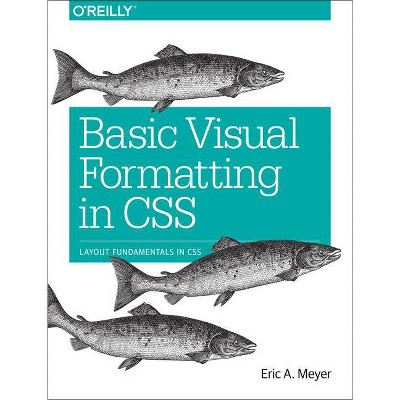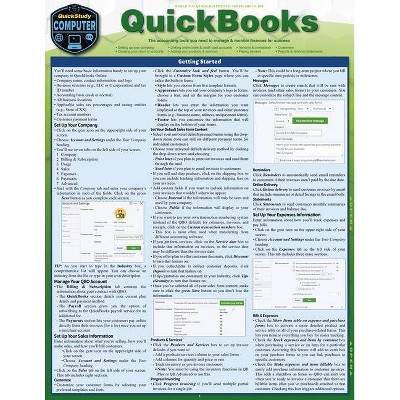Refactoring - (Addison-Wesley Signature Series (Fowler)) 2nd Edition by Martin Fowler (Hardcover)

Similar Products
Products of same category from the store
AllProduct info
<p/><br></br><p><b> About the Book </b></p></br></br>Refactoring is about improving the design of existing code. It is the process of changing a software system in such a way that it does not alter the external behavior of the code, yet improves its internal structure. With refactoring you can even take a bad design and rework it into a good one. This book offers a thorough discussion of the principles of refactoring, including where to spot opportunities for refactoring, and how to set up the required tests. There is also a catalog of more than 40 proven refactorings with details as to when and why to use the refactoring, step by step instructions for implementing it, and an example illustrating how it works The book is written using Java as its principle language, but the ideas are applicable to any OO language.</p><p/><br></br><p><b> Book Synopsis </b></p></br></br><i>Whenever you read [</i>Refactoring <i>], it's time to read it again. And if you haven't read it yet, please do before writing another line of code.</i> -David Heinemeier Hansson, Creator of Ruby on Rails, Founder & CTO at Basecamp <b><br></b></p> <b>Fully Revised and Updated--Includes New Refactorings and Code Examples</b></p> </p> <i>"Any fool can write code that a computer can understand. Good programmers write code that humans can understand."</i> <br> -M. Fowler (1999) </p>For more than twenty years, experienced programmers worldwide have relied on Martin Fowler's <i>Refactoring</i> to improve the design of existing code and to enhance software maintainability, as well as to make existing code easier to understand. <br></p> This eagerly awaited new edition has been fully updated to reflect crucial changes in the programming landscape. <i><b>Refactoring, Second Edition, </b></i> features an updated catalog of refactorings and includes JavaScript code examples, as well as new functional examples that demonstrate refactoring without classes.</p> <br></p> Like the original, this edition explains what refactoring is; why you should refactor; how to recognize code that needs refactoring; and how to actually do it successfully, no matter what language you use.</p> <ul> <li>Understand the process and general principles of refactoring</li> <li>Quickly apply useful refactorings to make a program easier to comprehend and change</li> <li>Recognize "bad smells" in code that signal opportunities to refactor</li> <li>Explore the refactorings, each with explanations, motivation, mechanics, and simple examples</li> <li>Build solid tests for your refactorings</li> <li>Recognize tradeoffs and obstacles to refactoring</li> </ul> <i>Includes free access to the canonical web edition, with even more refactoring resources. (See inside the book for details about how to access the web edition.)</i></p><p/><br></br><p><b> About the Author </b></p></br></br><b>Martin Fowler</b> is Chief Scientist at ThoughtWorks. He describes himself as "an author, speaker, consultant and general loud-mouth on software development." Fowler concentrates on designing enterprise software: exploring what makes a good design and what practices are needed to create one.</p>
Price History
Cheapest price in the interval: 59.99 on November 6, 2021
Most expensive price in the interval: 59.99 on February 4, 2022
Price Archive shows prices from various stores, lets you see history and find the cheapest. There is no actual sale on the website. For all support, inquiry and suggestion messagescommunication@pricearchive.us




















